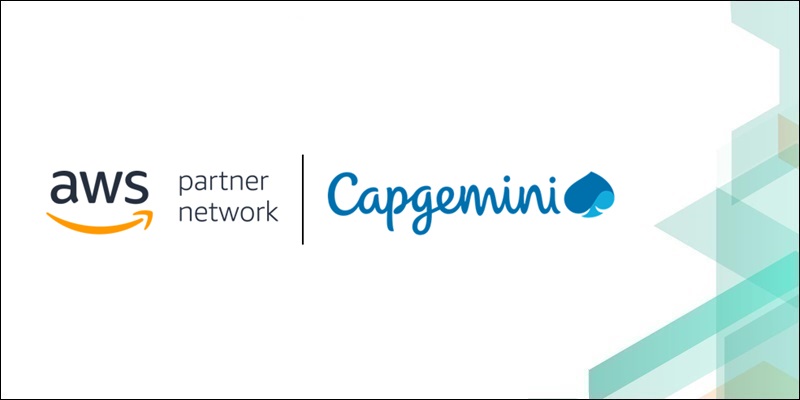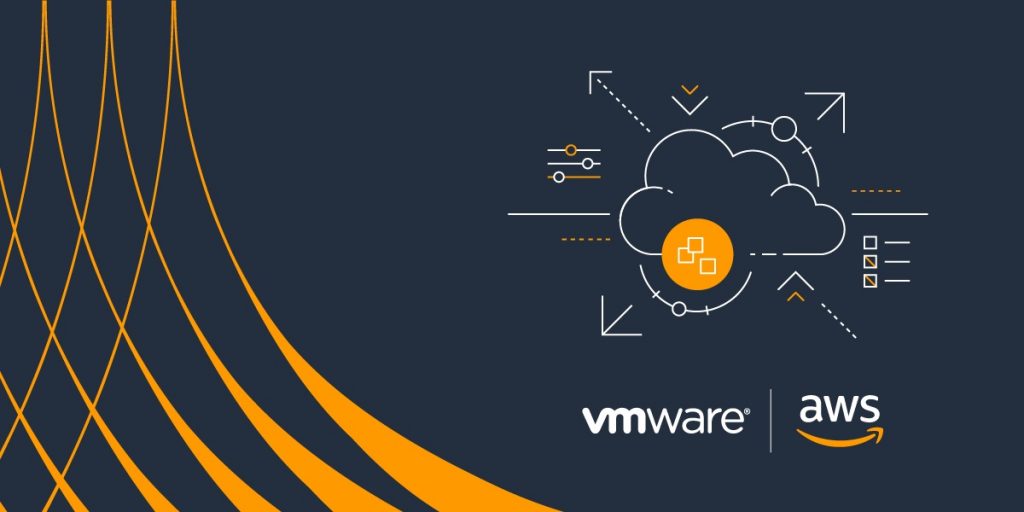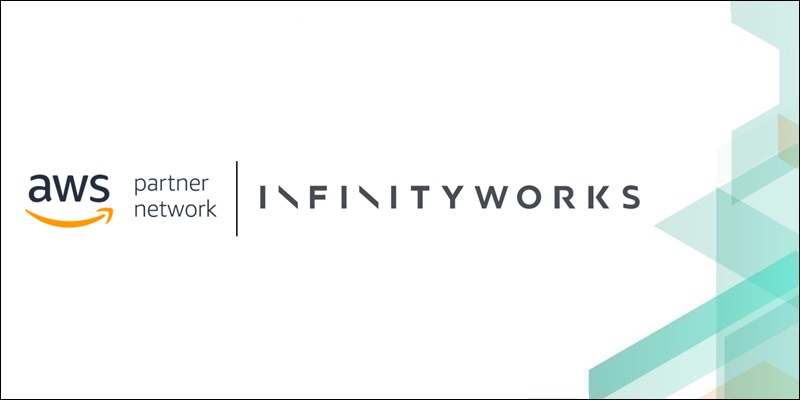AWS Partner Network (APN) Blog
Tag: Amazon VPC
Leveraging Serverless Architecture to Build an Enterprise Data Repository Platform for Customer Insights and Analytics
Moving data between multiple data stores requires an extract, transform, load (ETL) process using various data analysis approaches. ETL operations form the backbone of any modern enterprise data and analytics platform. AWS provides a broad range of services to deploy enterprise-grade applications in the cloud. This post explores a strategic collaboration between Tech Mahindra and a customer to build and deploy an enterprise data repository on AWS and create ETL workflows using a serverless architecture.
Cohesity Pioneers Data Management as a Service in Collaboration with AWS
Managing backups, archiving, and disaster recovery traditionally required piecing together multiple software solutions across physical locations and network topologies. Trying to balance these disparate systems can result in expensive solutions, operational inefficiencies, and fragmented data. Learn how Cohesity worked with the AWS SaaS Factory team to released Data Management as a Service (DMaaS) as a solution on AWS that will radically simplify data management.
How Capgemini Simplifies Pandemic Management with AWS Machine Learning Services
In a global pandemic, it can be hard for medical practitioners and patients to get connected and treated. Continually being on top of patients’ progress is also a challenge, along with scarcity of doctors who themselves are affected by the pandemic. Learn about a reference architecture from Capgemini that uses AWS machine learning services to enable doctors and patients to interact with the least amount of physical contact, while also improving efficiency in treatment management, tracking, and auditing.
How to Leverage Amazon Route 53 VPC DNS Queries in Splunk on AWS
Customers are always looking for new ways to improve operational efficiency and the security posture of applications running in their virtual private clouds (VPCs). Amazon Route 53 recently launched a Resolver Query Logs capability which lets customers log the DNS queries originating in their Amazon VPC. Follow along with our step-by-step instructions for logging VPC DNS queries in Amazon Route 53, ingesting them into Splunk, and then analyzing them with Splunk.
Improving Security in the Cloud with Micro-Segmentation
Micro-segmentation is a building-block of the shared responsibility security model and makes your security measures more effective. Understanding of the shared responsibility security model is imperative for successful, secure cloud and digital transformation projects, as well as the future growth of public cloud infrastructure. Learn how implementing micro-segmentation as part of that process can help you maintain a more secure environment than simple traditional perimeter security.
Rapid Data Lake Development with Data Lake as Code Using AWS CloudFormation
Data lakes have evolved into the single store-platform for all enterprise data managed. On AWS, an integrated set of services are available to engineer and automate data lakes. A data lake on AWS is able to group all of the previously mentioned services of relational and non-relational data and allow you to query results faster and at a lower cost. Learn how nClouds used code automation via AWS CloudFormation to create a dynamic data lake stack to visualize and analyze the financial market data.
Connecting Applications Securely to a MongoDB Atlas Data Plane with AWS PrivateLink
Customers want to guarantee private connectivity to MongoDB Atlas running on AWS. All dedicated clusters on MongoDB Atlas are deployed in their own VPC, so customers usually connect to a cluster via VPC peering or public IP access-listing. AWS PrivateLink allows you to securely access MongoDB Atlas clusters from your own VPC. In this post, follow step-by-step instructions to configure AWS PrivateLink for MongoDB Atlas, ensuring private connectivity to your data.
Choosing the Right DNS Architecture for VMware Cloud on AWS
Domain Name System (DNS) is a critical component of any infrastructure as it provides the hostname to IP address resolution that applications rely on. VMware Cloud on AWS customers have many options to implement hybrid DNS solutions, ranging from self-hosted to fully managed native services from AWS. Learn about DNS architectures that use native AWS services as well as traditional Active Directory designs, as well as integration with Amazon Route 53 Private Hosted Zones and inbound endpoints.
Maintaining Control of PII Hosted on AWS with Hold Your Own Key (HYOK) Security
One of the biggest challenges in moving to the cloud for organizations that collect and process personally identifiable information (PII) is the fundamental change to the trust model. SecuPi minimizes changes to the trust model and reduces the risk associated with digital transformations. Learn how SecuPi can help you collect and process sensitive or regulated PII and reduce barriers to cloud adoption while satisfying the trust model requirements of even the most conservative and risk-averse companies.
How to Integrate AWS Client VPN with Azure Active Directory
It’s well known that IT departments prefer authentication integration into existing IdPs such as Azure Active Directory to reduce operational overhead and the attack surface of IT systems. AWS announced federated authentication support for AWS Client VPN in May 2020, and this support requires integration with a SAML 2.0 provider, such as Azure Active Directory. Learn how to integrate AWS Client VPN with an Azure Active Directory to give remote users access to an AWS private VPCs..









